Schools
There are many reasons for using wood in school constructions.
Wood building systems can accommodate a growing number of students while creating high-performance buildings that are safe, versatile and aesthetically appealing. These systems typically cost less than alternatives, and construction speed often favors wood, even more so with the trend toward off-site production. This is particularly important for schools, which often have limited budgets and compressed construction schedules.
Increasingly, architects and clients are citing other motivating factors for using wood. For example: light carbon footprint, energy performance, and other environmental benefits. Research is also linking the use of exposed wood to occupant well-being, including potential benefits related to increased concentration. For schools, a wood construction offers endless opportunities to create warm and inspiring places to learn.
Herresta School
Herresta School outside Stockholm is Sweden’s first school built using CLT. The school building also contains a large sports facility. By Liljewall Architects, structure by Smith & Wallwork.
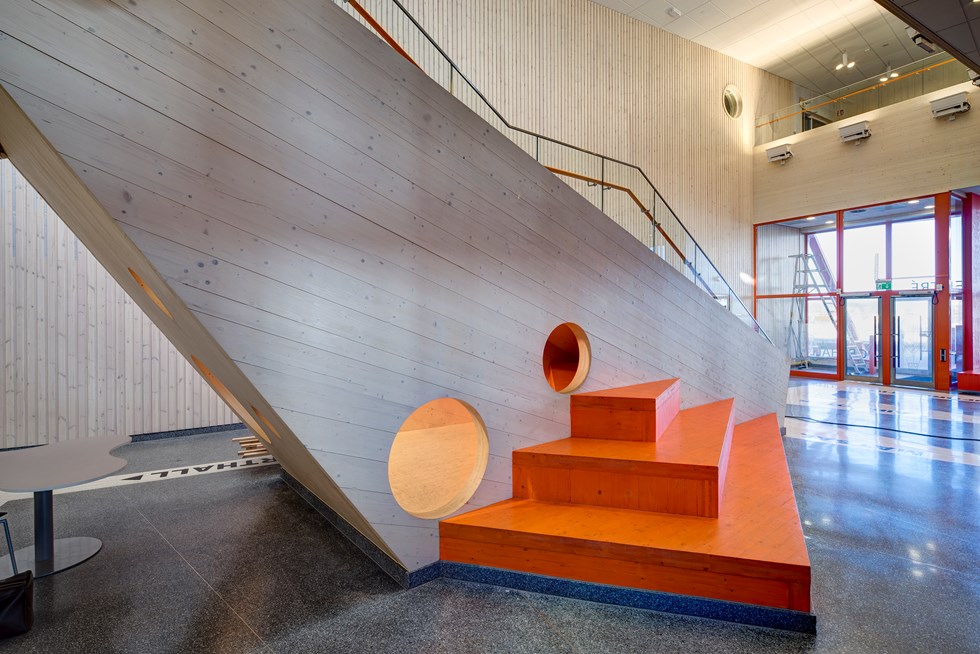
Photo David Valldeby
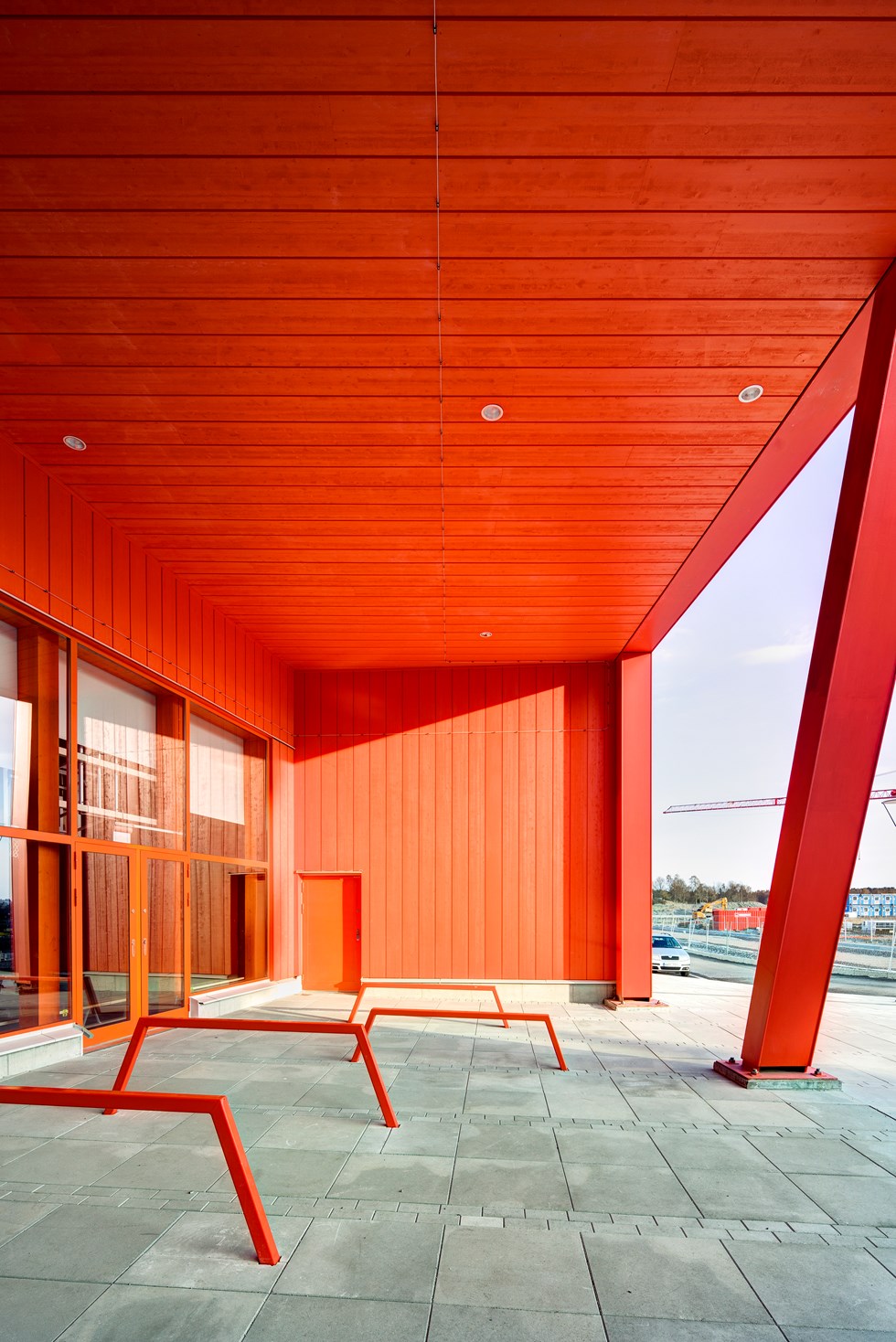
Photo David Valldeby
Aula Medica
Aula Medica at Karolinska Institutet houses a new lecture theater seating 1.000, hosting among other the Nobel lectures. By Wingårdhs.

Photo Rasmus Norlander

Photo Rasmus Norlander
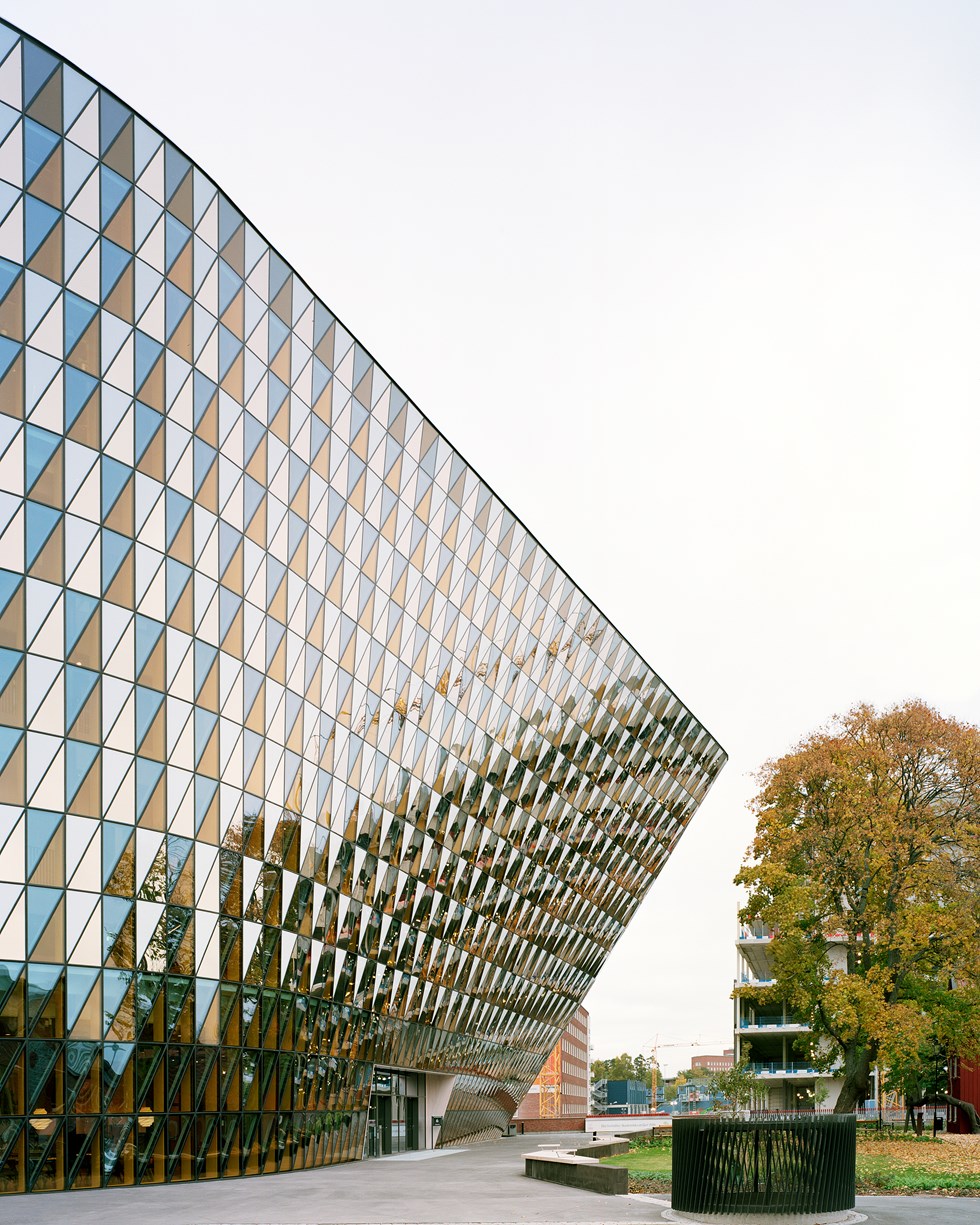
Photo Rasmus Norlander
Råå pre-school
Råå pre-school in Helsingborg was the winner of the Swedish Timber Prize 2016, a warm and playful building for children and staff. By Dorte Mandrup Architects.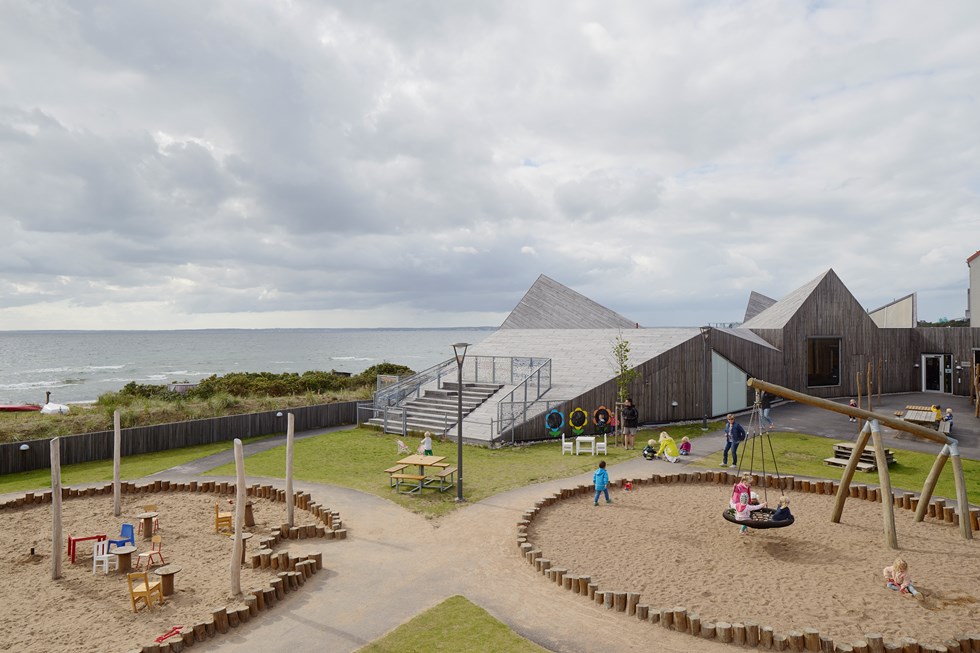
Photo Åke E:son Lindman
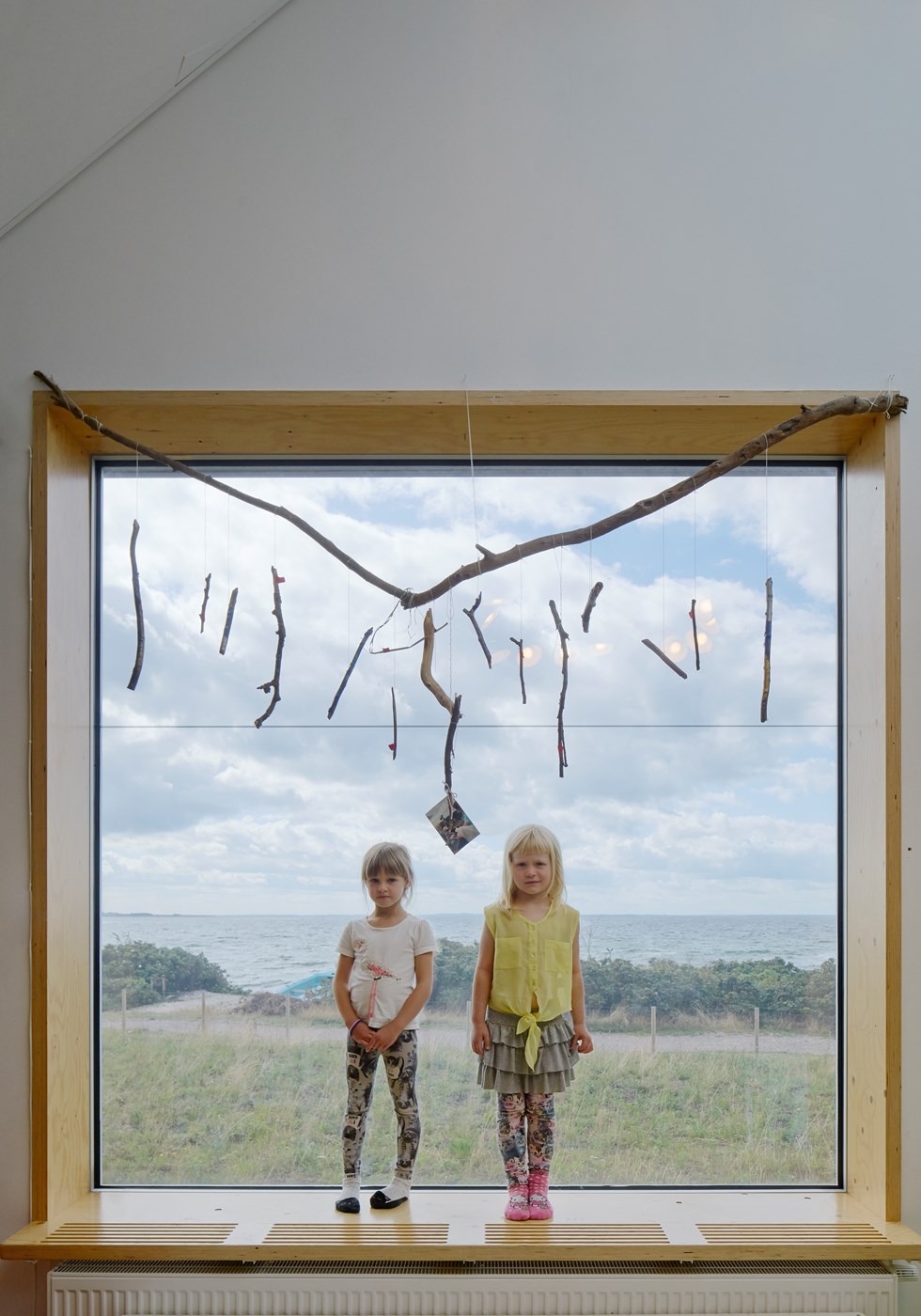
Photo Åke E:son Lindman
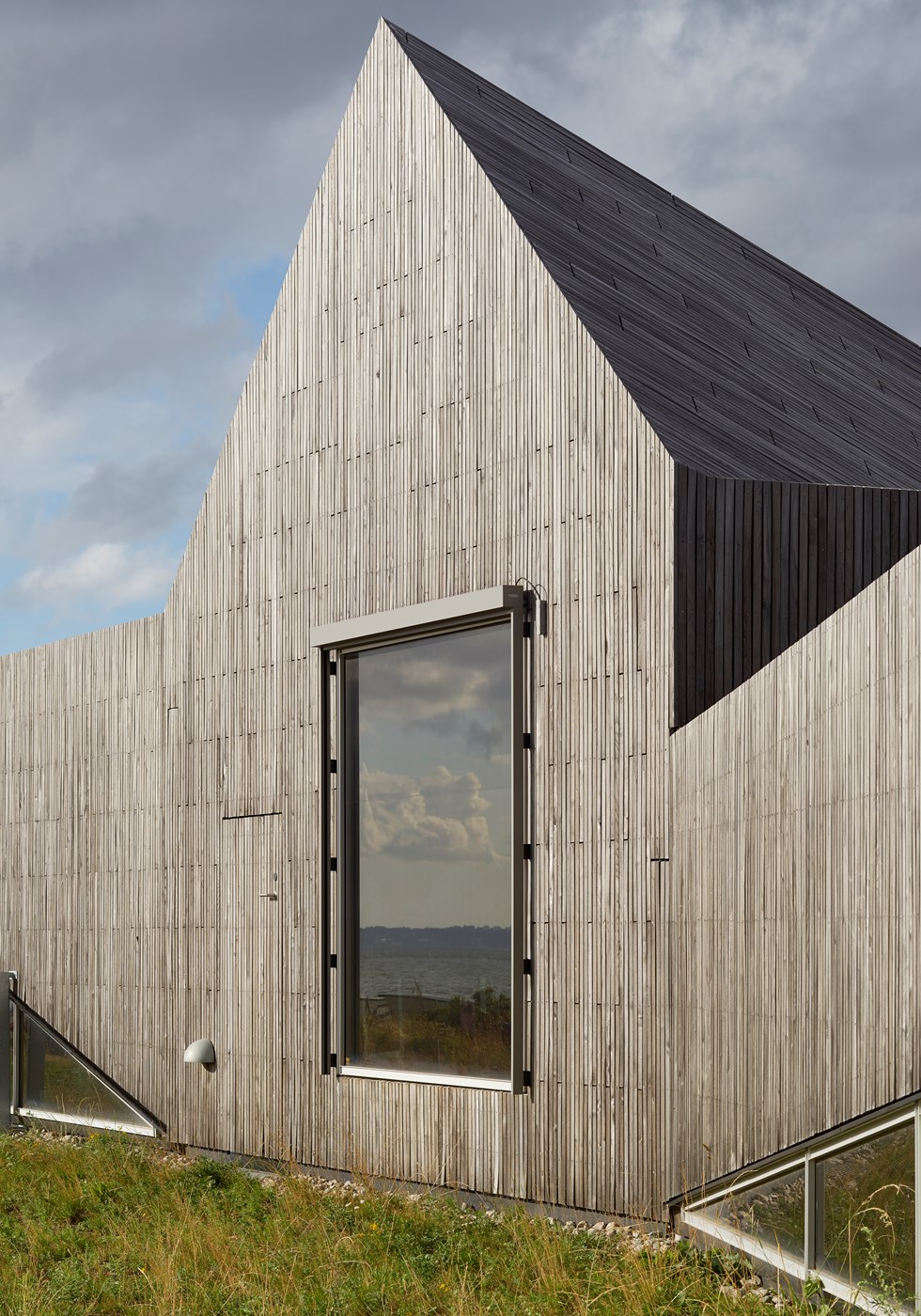
Photo Åke E:son Lindman
